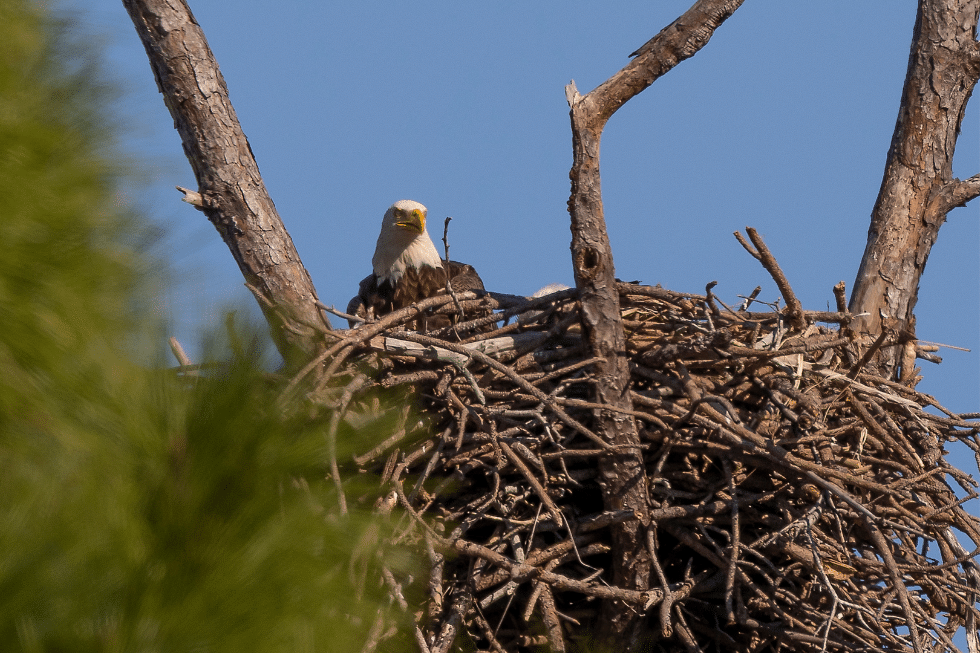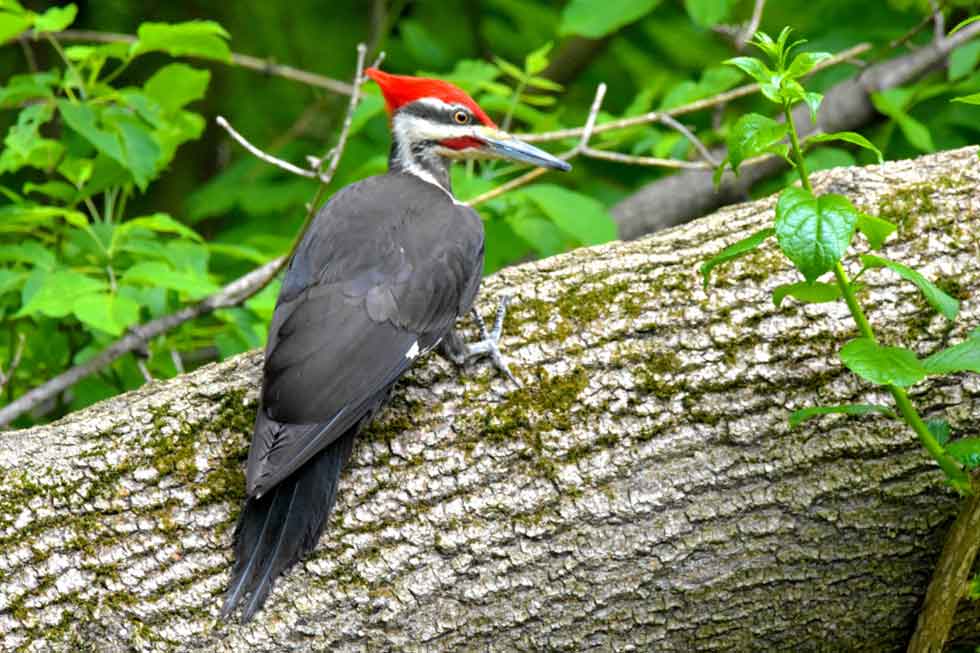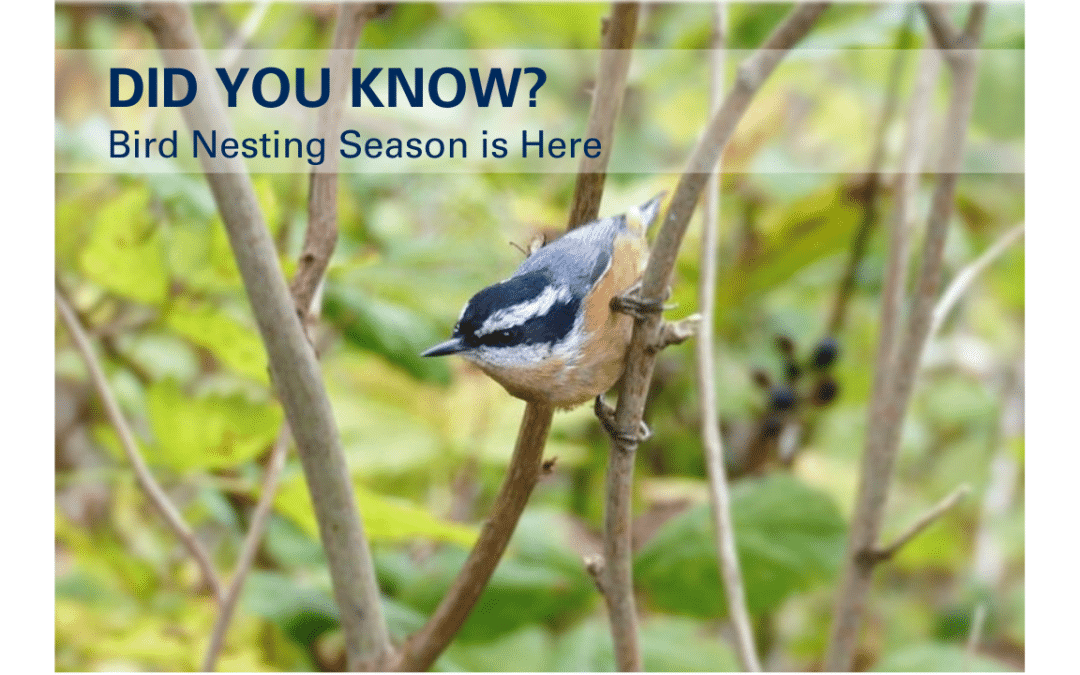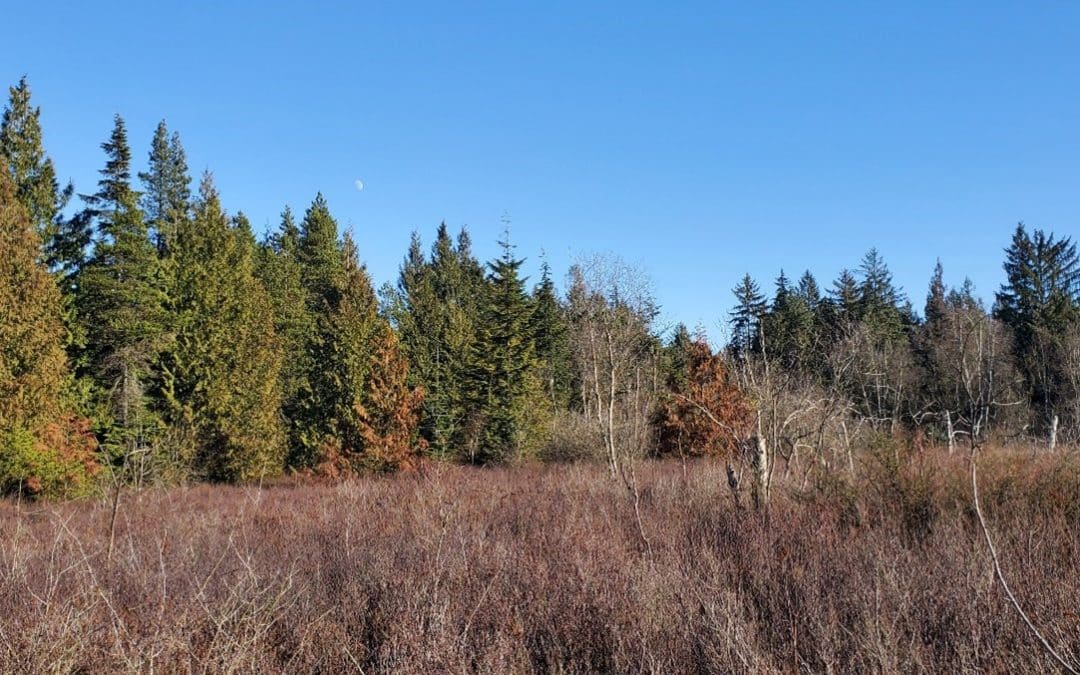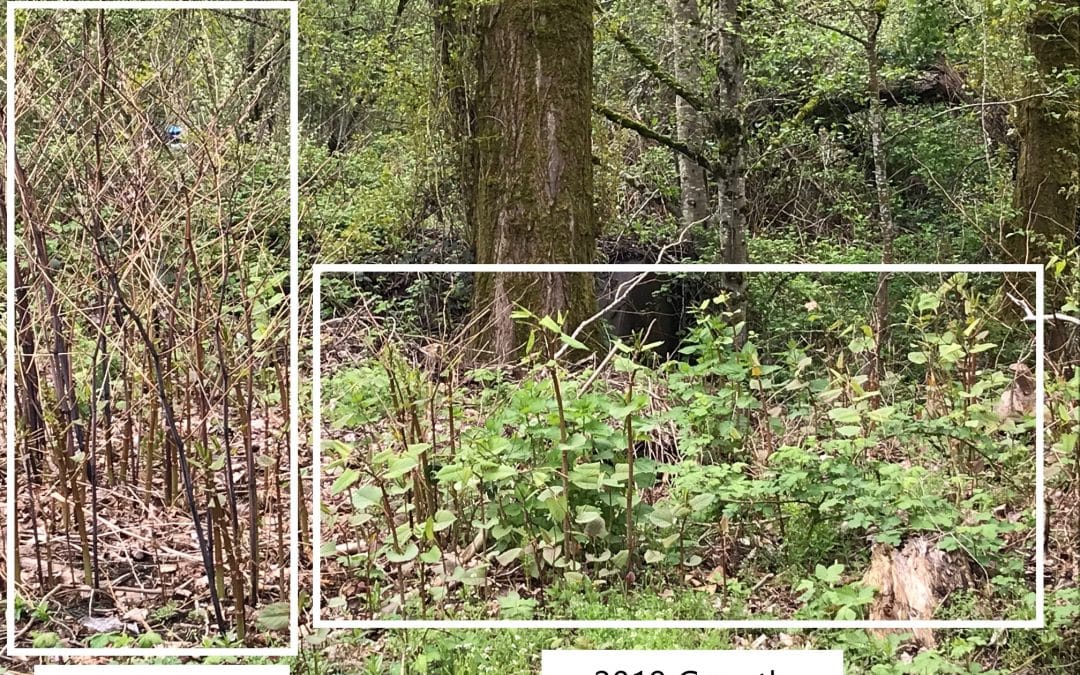
Dear Job Seeker,
Please be advised that there have been instances of fake job ads and offers that have recently been circulating in the job market. These fraudulent ads and offers are designed to deceive job seekers into providing personal information.
We have received numerous reports from job seekers who have been approached by individuals claiming to represent our company, offering them attractive job opportunities. These offers often promise high salaries, flexible working arrangements, and other perks that seem too good to be true.
In many cases, these job offers require job seekers to pay a fee or provide personal information, such as bank account details or social security numbers, to secure the position. This is a clear sign of a fraudulent job offer and should be avoided at all costs.
Please be aware that our company does not charge any fees for job applications or interviews, and we do not ask for personal information such as bank account details or social security numbers during the recruitment process. Also, Keystone Environmental will never make a job offer without a face-to-face interview, either virtual or in person and will only collect personal information after employment actually begins and only during the orientation process. If you receive a job offer from someone claiming to represent our company or any other reputable organization that asks for money or personal information, please do not respond and report the incident to the appropriate authorities Canadian Anti-Fraud Centre.
Keystone Environmental’s official website is https://keystoneenvironmental.ca/ and all email correspondence from us will be sent from an email address in the following format @keystoneenvironmental.ca. We do not have any alternate domain names.
We take this matter very seriously and will work closely with law enforcement agencies to investigate and prosecute those responsible for these fraudulent activities.
Thank you for your attention to this matter, and please do not hesitate to contact us if you have any questions or concerns.


